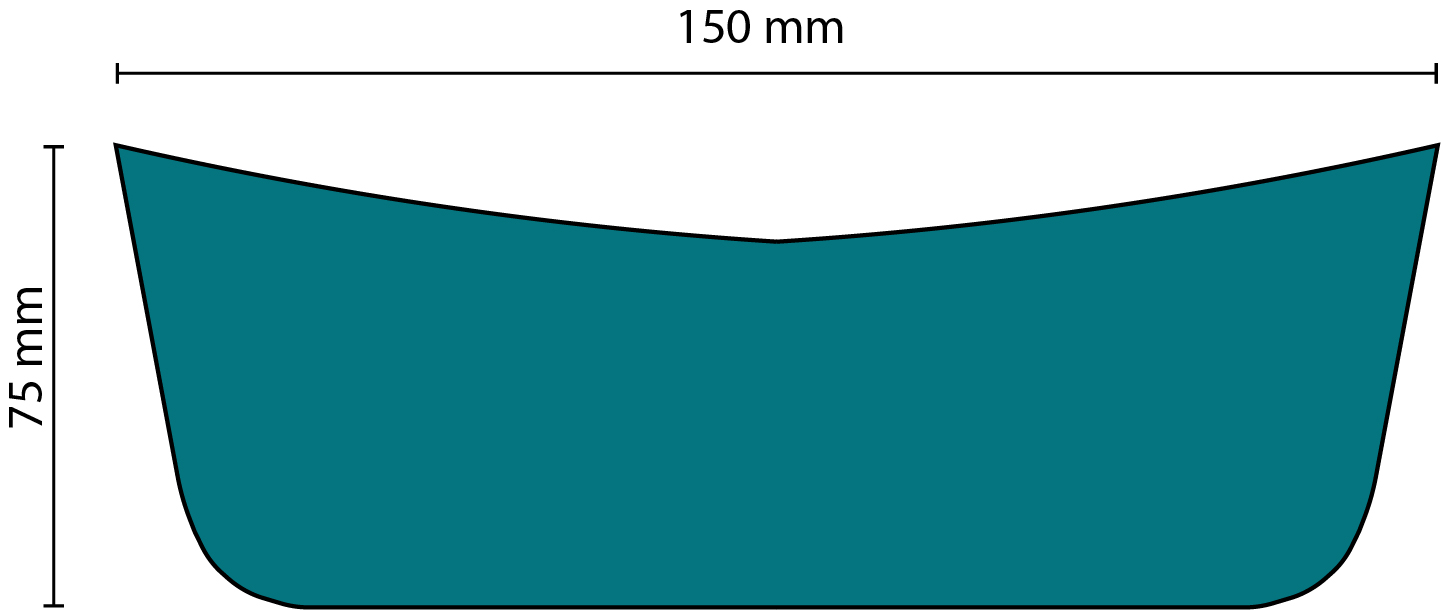SolarFlare Sportswear was inspired by the idea that athletic and activewear should use technology to make our lives safer and our activities more enjoyable while being fashionable and comfortable.
So, I designed an athletic outfit that responds to the body as it moves to keep the wearer safer, more informed of how they interact with their environment, and support their body in day-to-day activity. The complete outfit consists of five elements: (1) a visor, (2) a jacket, (3) a tank top, (4) workout shorts/leggings, and (5) a compression sleeve. The outfit can be worn together for a complete look, or any of the garments can be worn individually according to one's needs/style.
From a materials standpoint, I tried to select fabrics without high levels of BPAs, metals, and other toxic materials for garments in direct contact with the skin. Such toxins are unfortunately common in activewear today. I referenced OEKO-TEX® buying guides and Textile Exchange Reports to consider both environmental and health factors. For the tank, leggings, and compression sleeves, I opted for Tencel™ designed for activewear. I chose a recycled nylon exterior for the exterior of the jacket and Tencel for the inner layer. For the visor, I chose rPET (since it does not come in contact with skin) and certified organic cotton for the visor brim.
From an electronics standpoint, I used solar panels and/or batteries to power sensors and lights that can be used to try to minimize health problems associated with outdoor activity, like heat exhaustion, excessive UV exposure, and nighttime pedestrian injuries. There are many, many sensors that one could integrate into these garments; however, I designed these garments with the intent of not being redundant to the sensors that can already be detected through watches and smart rings.
VISOR: A Solar Powered UV Sensing Visor
"From the beach to the tennis courts, get the sun with none of the burn"
This visor contains a UV Index sensor powered by a solar panel. This makes it so that the visor can monitor the intensity of the sun's rays. The visor also includes a board for Bluetooth connection, so that reminders can be sent via Bluetooth as the intensity changes over time. These messages would include reminders to apply sunscreen, drink water, and warnings of high UV indexes.
Information from medical and research institutions was considered to develop the conditions and parameters for the code used to alert. Specifically, Hopkins Medicine recommends that sunscreen is applied every two hours during swimming or sweating. Moreover, a UV index greater than or equal to 11 means there is an extreme risk of harm from unprotected sun exposure. Finally, water consumption is suggested at 15 - 20min intervals during prolonged outdoor activity.
JACKET: A LED Light-Up Running Jacket
"Perfect for your nighttime walks or runs"
This LED running jacket contains 6 channels for colorful LED lights. A LiPo battery will be placed in the center back to power all the lights. It can be easily removed for charging.
TANK: Workout Tank with Body Temperature/Heart Rate Sensors & Synched LEDs
"I Can See Your HeartBeat"
Heart rate and temperature are common metrics captured by smartwatches and smart rings. However, body temperature and heart rate readings are the most accurate the closer to the chest they are. Taking inspiration from chest strap monitors commonly used by runners, I designed a top that integrates a heart rate sensor and measures the body temperature on the chest.
Then, one has the option to synch this information to the lights on the garment, so one can literally see their heartbeat as they dance, work out, or engage in any other activity. Monitoring body temperature is especially important for outdoor activities; as per John Hopkins, the main symptom of heat exhaustion is high body heat.
COMPRESSION SLEEVE: LED Light-Up Sleeves
"Light up the show - whether at a rave or race"
These compression sleeves are ideal for anything from athletics competitions to concerts. The LED light strips can be powered by a rectangular ASCA solar panel placed in a mesh pocket at the grey rectangles, or they can be powered by small cell batteries slipped into the external pouch. This allows the sleeves to work both during the day and at night.
For the various designs, the pattern can be edited to add or remove the number of LED channels. In general, to follow the pattern, a solid fabric should be used to cut 2 of shape A, 2 of shape B, and 2 of shape D. Using your partially transparent, cut 4 to 6 pieces of shape C. The partially transparent fabric is used to create the channels that the LED lights will be placed in.
Piece C should be positioned at the blue dots to ensure there is a place to connect the power source to the LED lights. Aside from that, these channels can be sewn in any desired direction onto piece A. To complete the garment, first, create an underarm seam. Then, insert elastic at the top and bottom of the sleeve. Elastic can be inserted by creating a circle with approx. 3/8" overlap, then placing the elastic inside the top edge against the wrong side of the fabric, and sewing it in place with a zigzag stitch close to the top edge.
LEGGINGS/SHORTS: Bottoms with Solar-Powered Charging Pockets
"Charging on the go, wherever you go"
Solar panels in the side pockets allow any object that can be placed in the side pocket to be charged. This can be a phone, health watch, or even a USB battery pack that can then be used for charging other essentials. One side pocket is intended to be used for a USB battery pack by default so that you are always gathering solar energy that could be used at a later time.













Comments